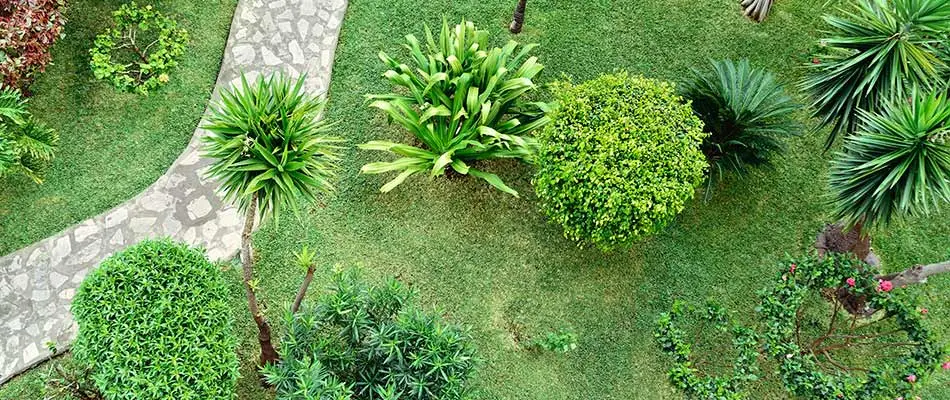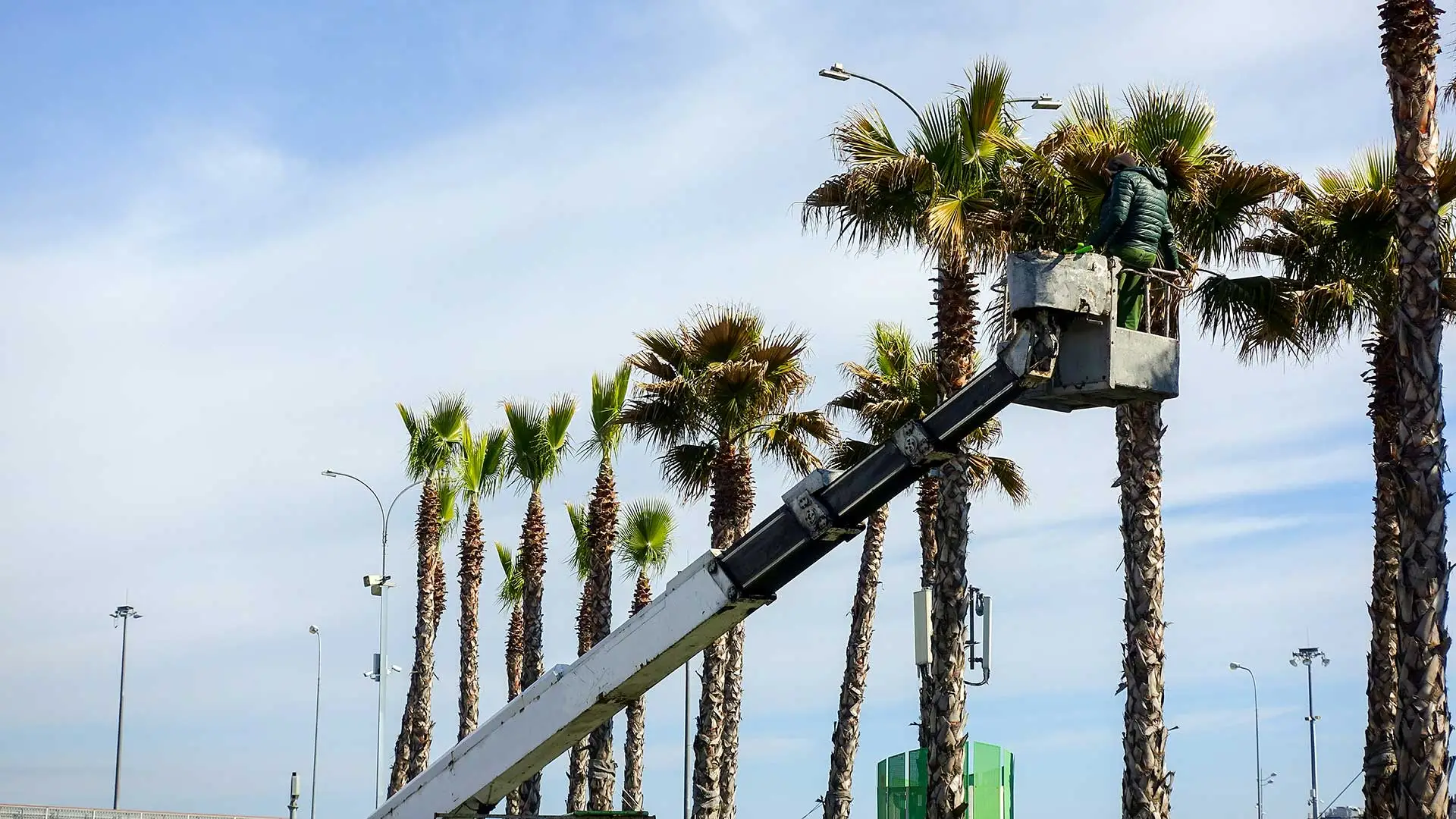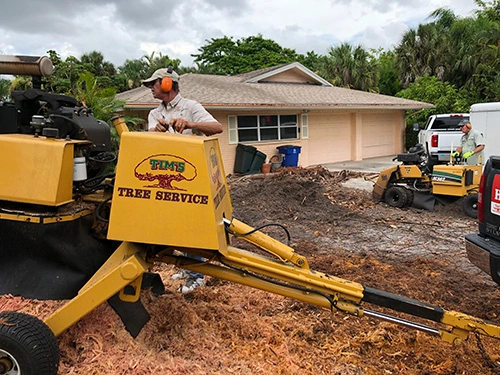Trees are one of the most vital living things on the planet. They provide oxygen, filter the air, provide habitat for wildlife, improve soil composition, and protect us from harsh winds, among many other functions. Trees are made up of various parts, from the roots to the crown, that allow them to provide these endless functions. Familiarizing ourselves with the anatomy of a tree will help us gain a better understanding of how they operate and how we can better take care of them. Below, we have listed the most vital anatomy terms that are commonly used in the tree care industry.
Roots Are the Foundation of Trees
Roots perform vital functions to keep the tree thriving. The roots are found below the ground where they absorb nutrients and water from the soil. The tree then uses these essential nutrients to promote its growth and store food to produce foliage. Aside from the uptake of nutrients and minerals, roots also provide structural support for the tree.
A tree's root system can grow as deep as seven feet. One common misconception about tree roots is that they grow deep in the ground. Roots actually extend mostly outward so they can have a good grip on the soil. The strength and growth of a root system will always depend on if it has adequate space and optimal soil conditions.
Tree Trunks Are Vital For Nutrient Delivery
Tree trunks start at the root collar (the area where roots converge with the trunk) and hold vital functions to ensure robust tree growth. One of the main responsibilities of a tree trunk is to extend the tree upwards so the foliage can absorb more sunlight necessary to make food. It also serves as the tree's "highway system" as it delivers nutrients and water from the roots to the leaves and then transports sugar from the leaves to the roots.
Extended from the tree trunk are the limbs and branches:
- Tree limbs - the primary division from the trunk.
- Tree branches - parts of the tree that grow from the limbs and where leaves, flowers, and fruits grow.
When trees are cut down, the portion of the tree left on the ground with the roots still intact is called the tree stump.
The Tree Crown Supports Photosynthesis & Air Filtering

Important functions that benefit humans take place in the tree's crown. The crown holds the leaves where photosynthesis occurs. Photosynthesis is one of the most critical processes on the planet as it involves converting energy from the sun into food that the tree uses for growth. During this process, trees also filter our air by taking in carbon dioxide and releasing oxygen as a by-product, thus furthering the importance of the crown.
One or more crowns together is called a canopy, and the area under the outer circumference of the canopy is called the drip line. The term "drip line" is often used in the tree care industry because it is where your tree absorbs the most water and nutrients.
We are your local tree care and maintenance experts. Call today!
Tim's Tree Service has been in the tree care and maintenance industry since 1989, allowing us to gain more than enough knowledge and experience to perform top-notch tree services. We make sure that in everything we do, we prioritize safety, quality, and cleanliness from the beginning to the end. Aside from primary tree services such as trimming, removal, and stump grinding, we also perform hurricane cleanup and proofing to ensure your safety during the hurricane season.
For properties in Cape Coral, Fort Myers, Lee County, FL, call us today at (239) 994-6384 for an estimate.




Comments (0)
Thanks for your comment!
Thanks for your feedback! Your comments have been successfully submitted! Please note, all comments require admin approval prior to display.
Error submitting comment!
There is a problem with your comment, please see below and try again.